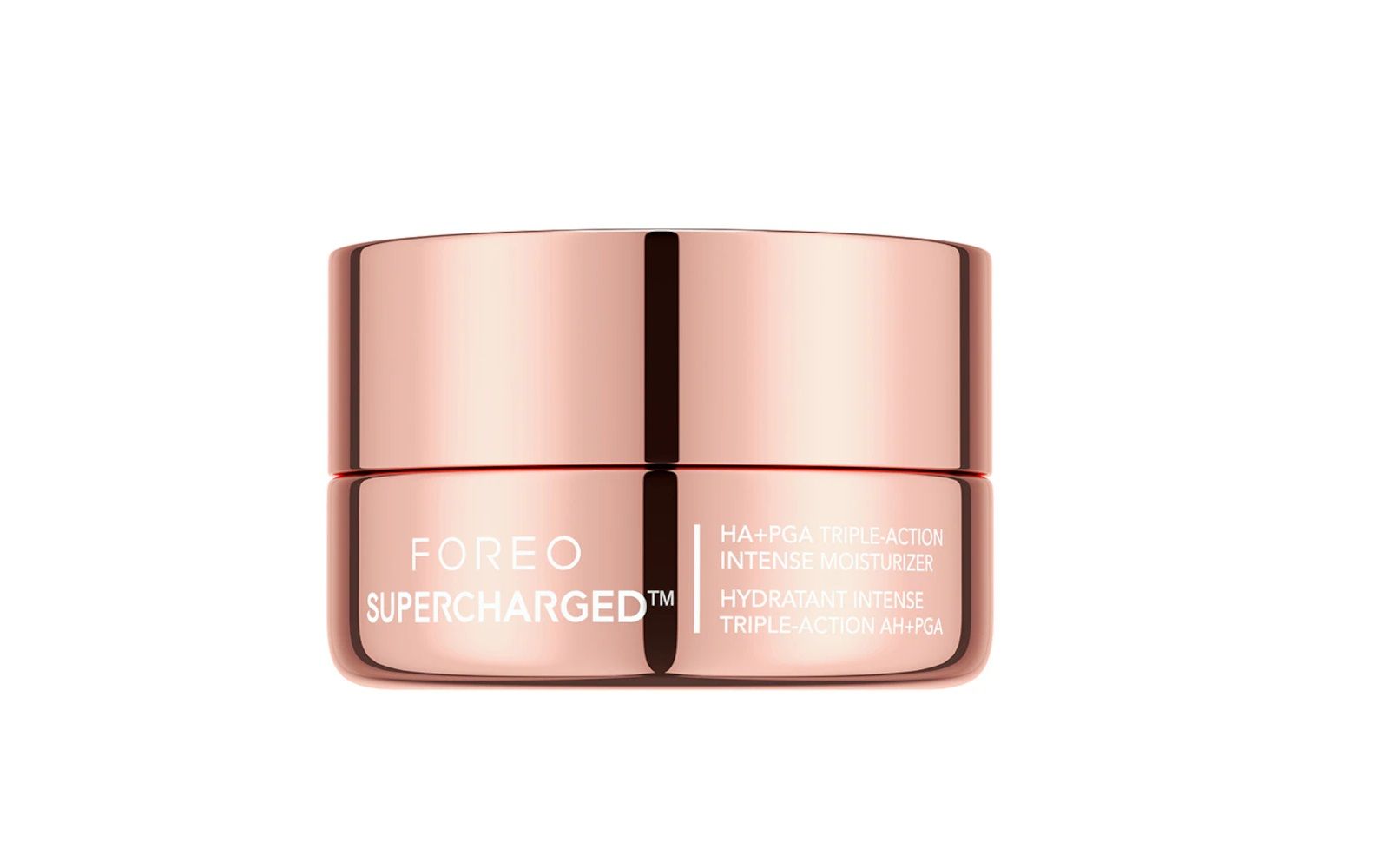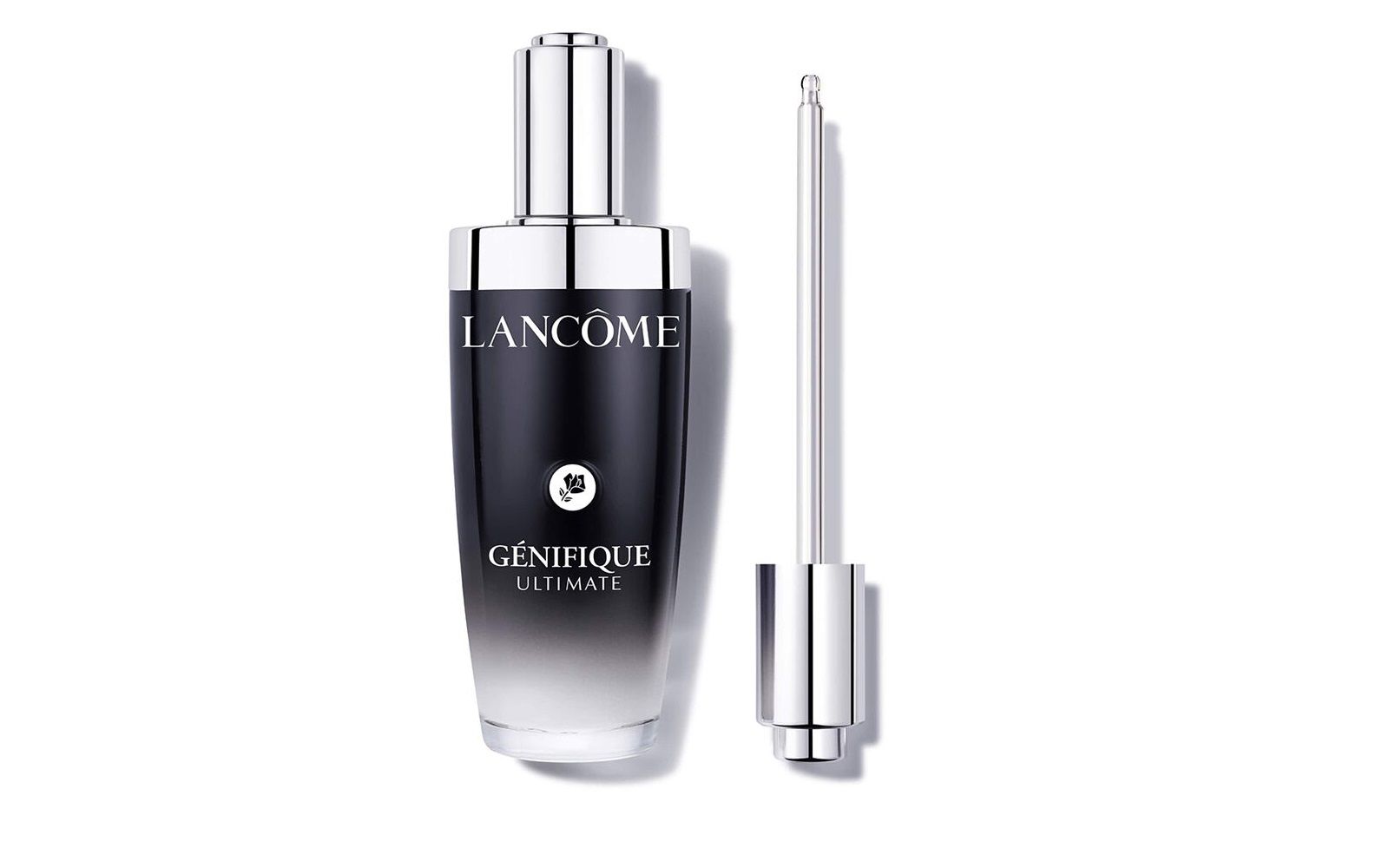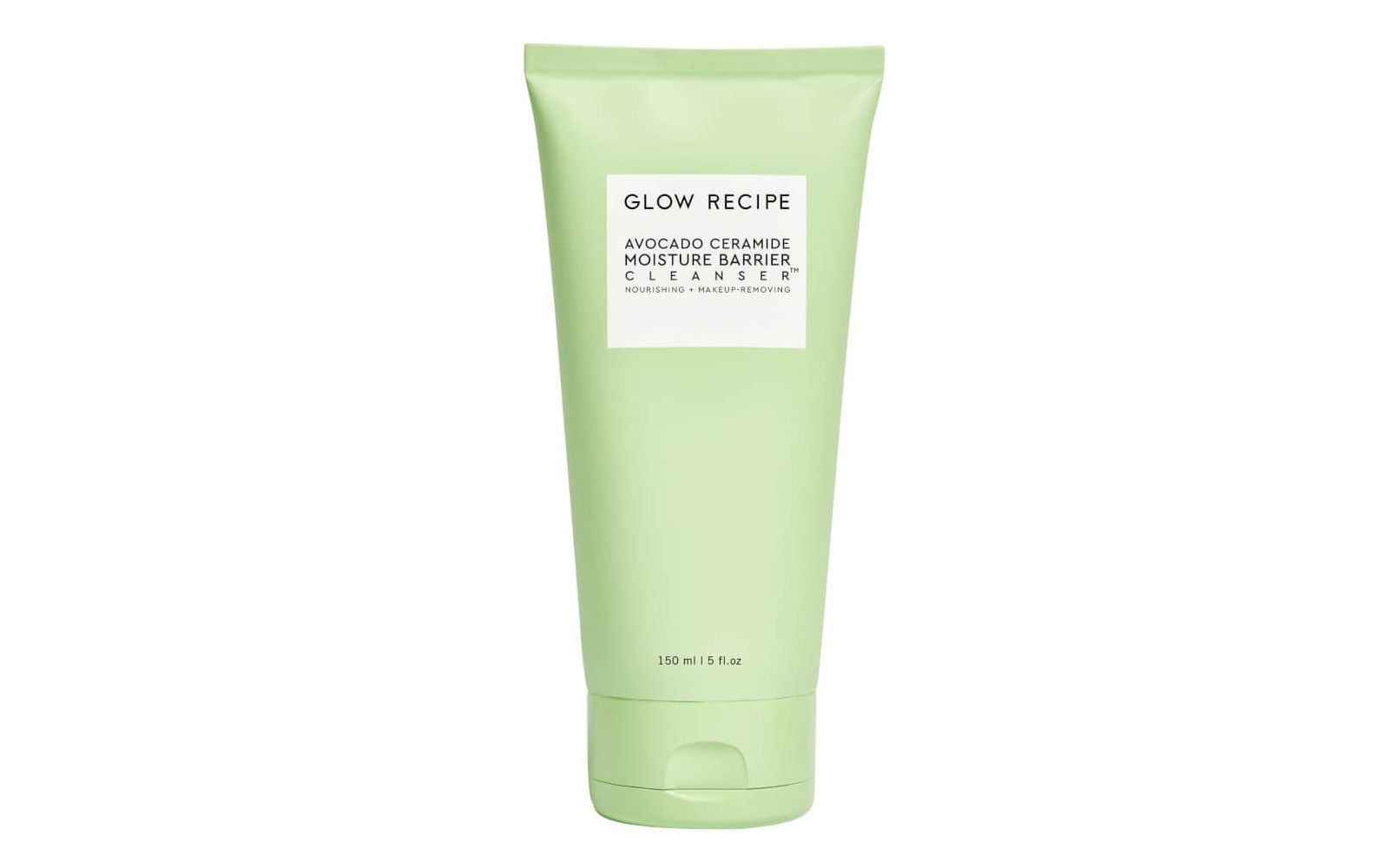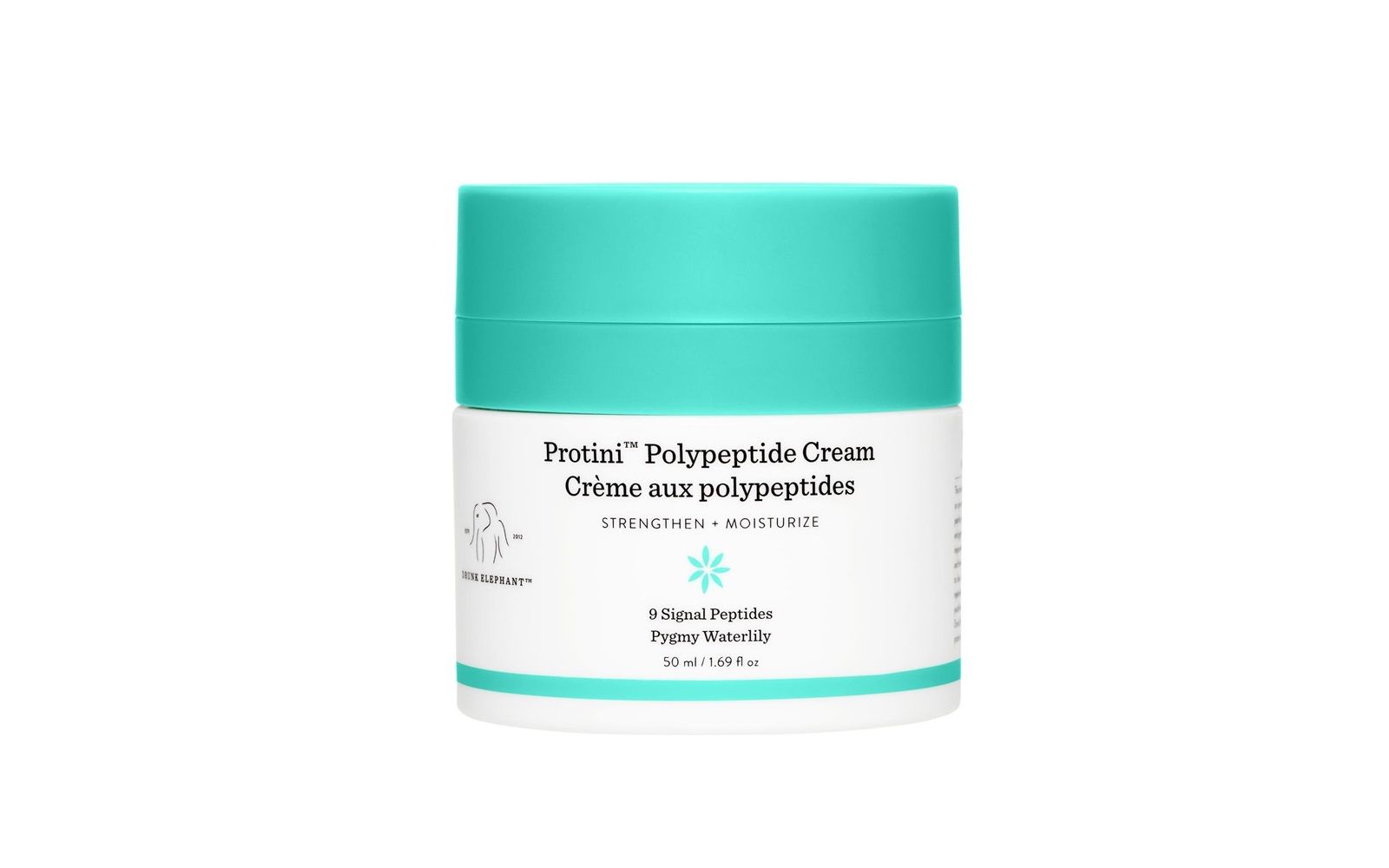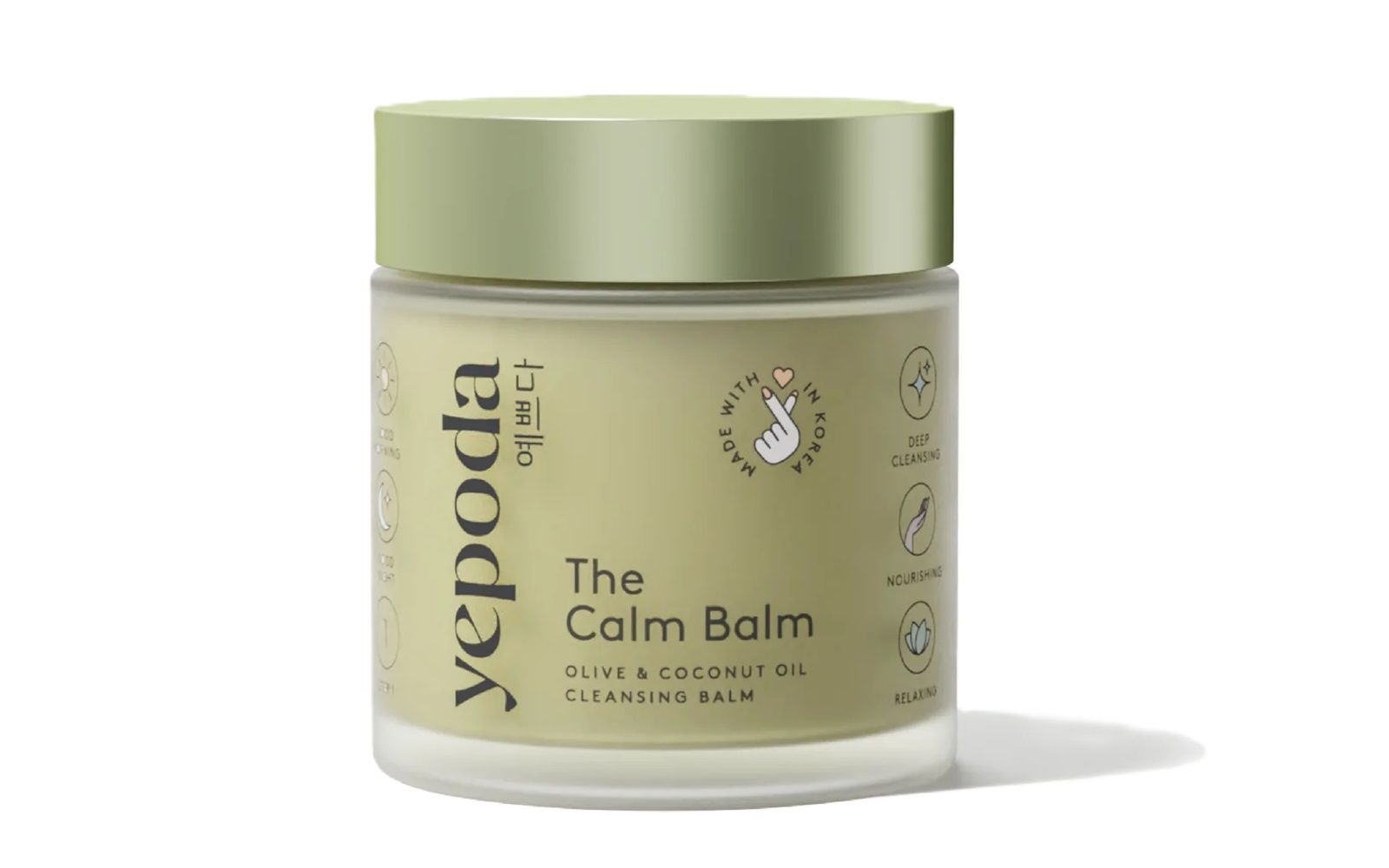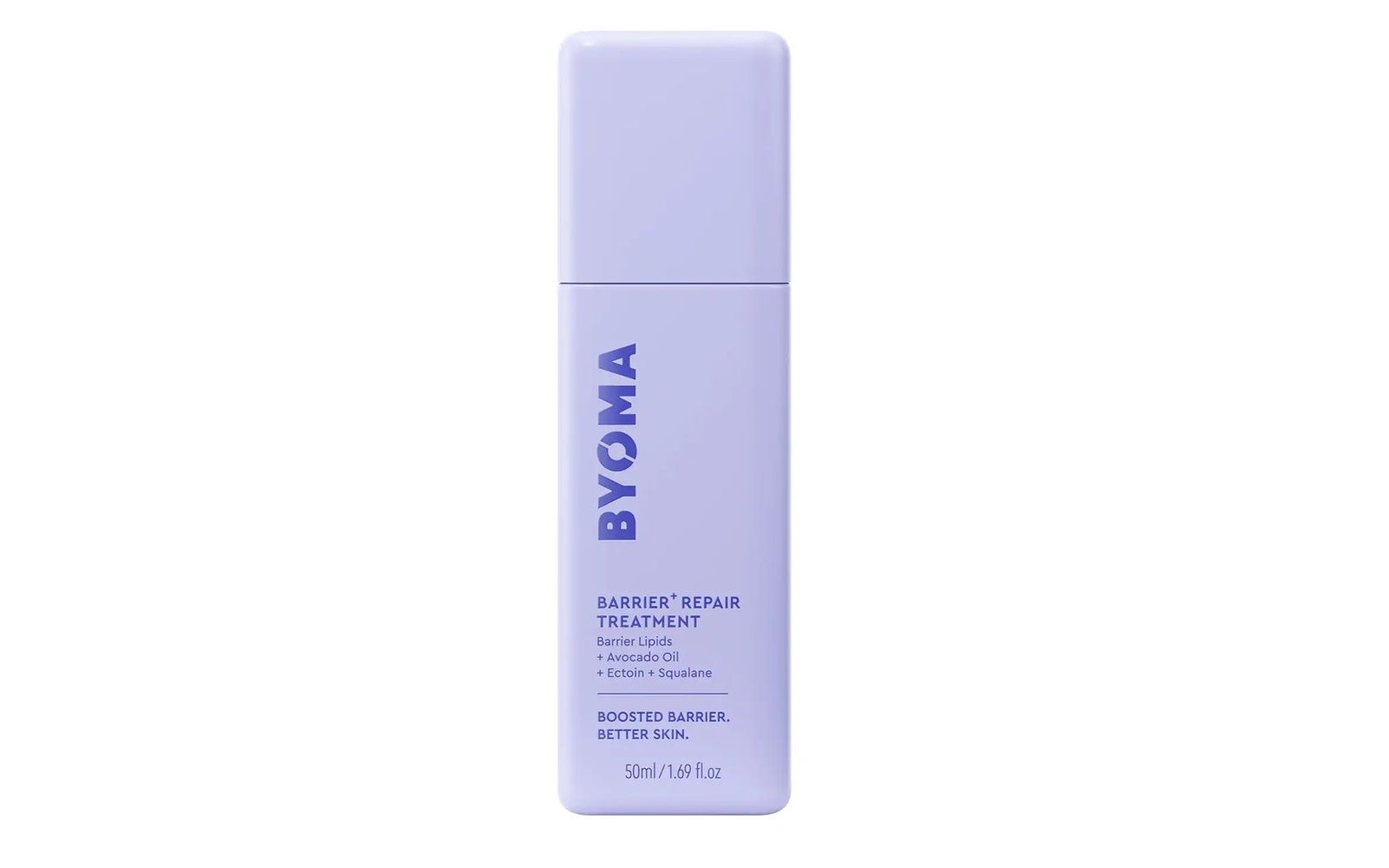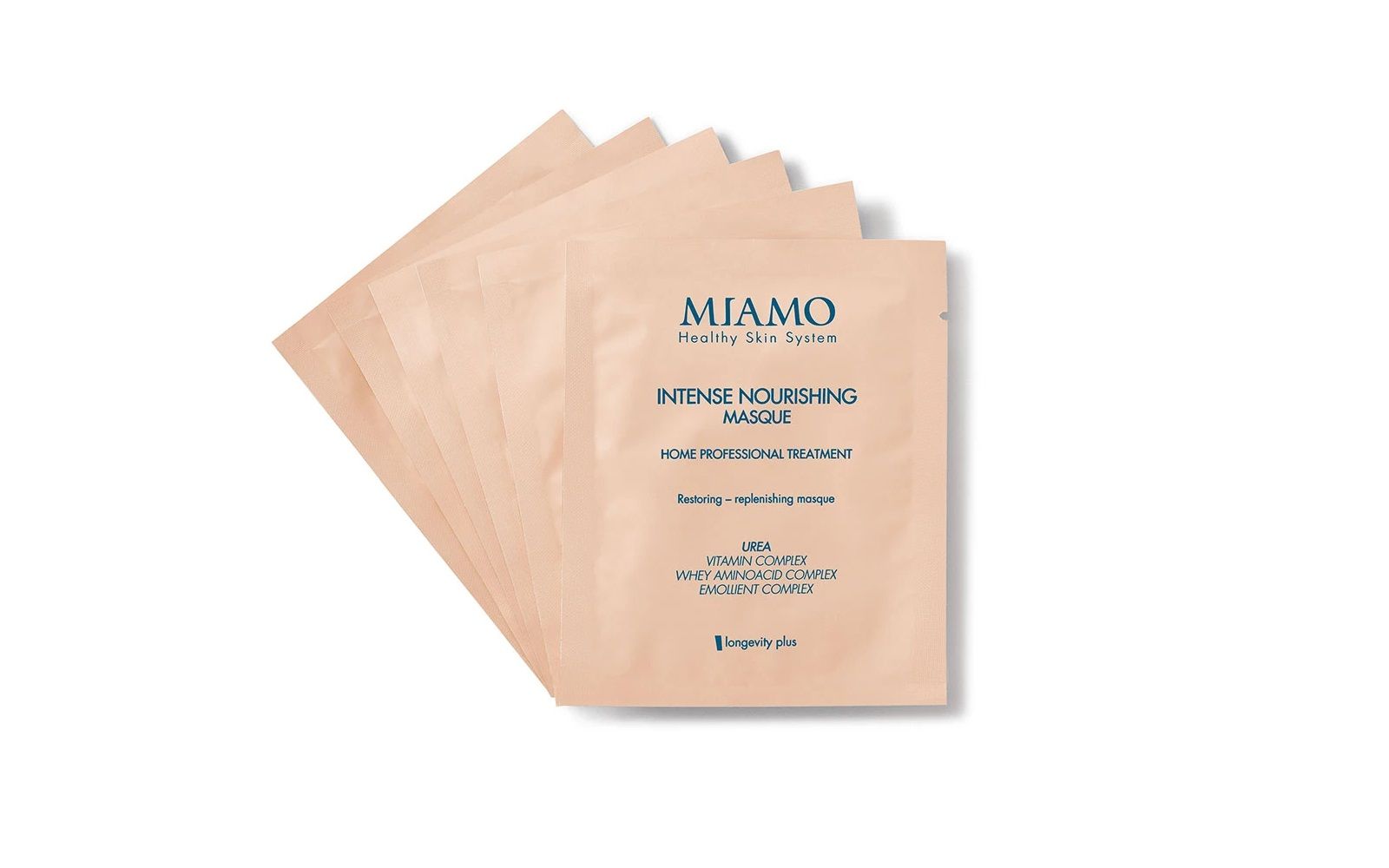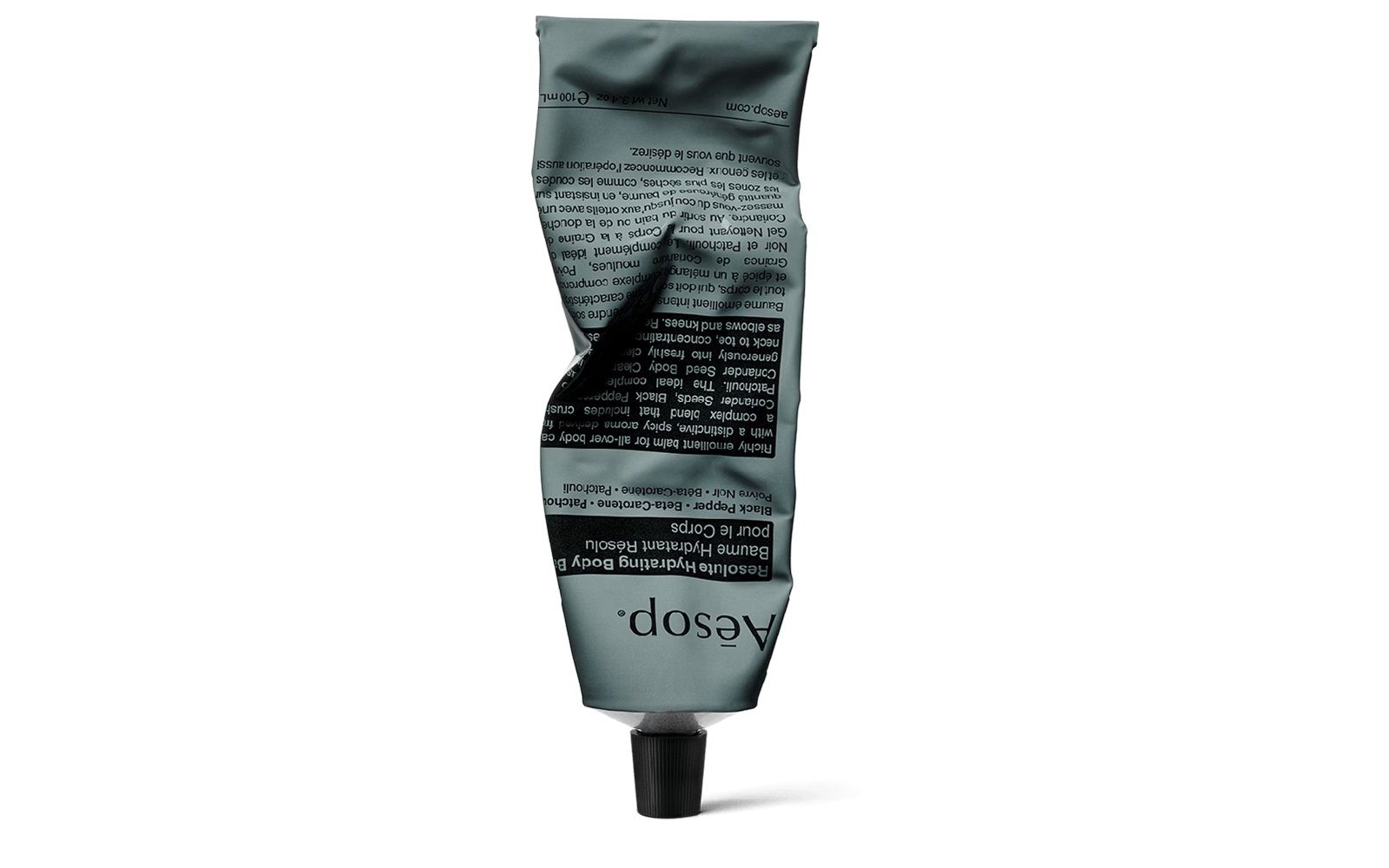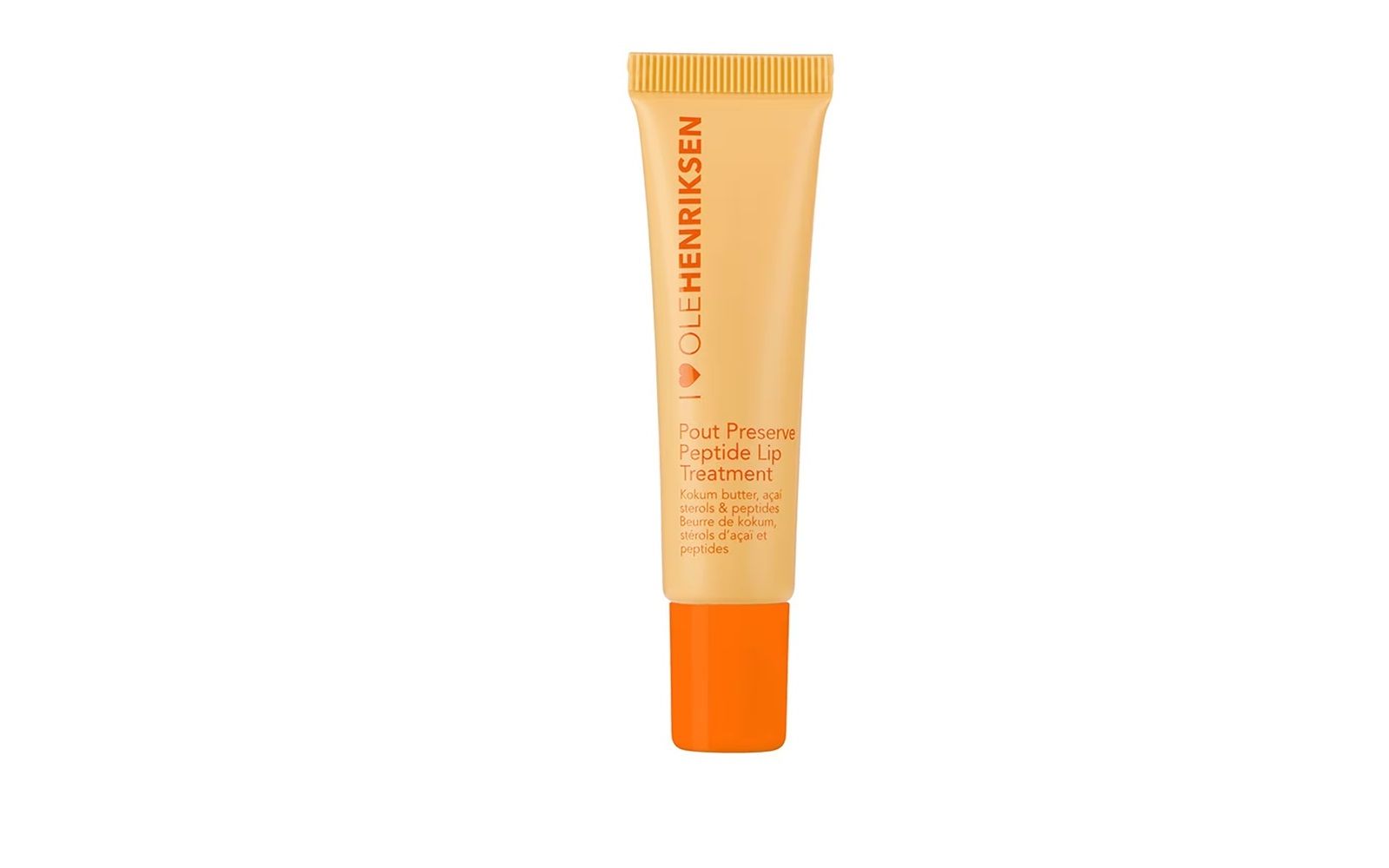
How to prepare your skin for winter and the cold Updating skincare routines and bodycare
Each change has repercussions on our mental and physical well-being. Just the arrival of standard time, a succession of rainy and dark days, or a drop in temperature can disrupt the body, making us feel tired and moody as it adapts. The skin also feels every variation, forcing us to react with specific products and a carefully designed skincare routine to address issues like dryness and redness. The biggest shock comes during the transition from warm to cold seasons. Winter presents the real challenge if autumn is a limbo in which we begin enriching our beauty routine with illuminating, antioxidant, and regenerating creams, boosters, and serums that help the skin recover from sun, sweat, and stressors. Cold winds, low humidity, and indoor heating strip moisture from the skin, weakening the hydrolipid film. This invisible layer acts as a barrier against external aggressors and retains water in the tissues, leaving it dry, sensitive, and prone to irritation. What can we do to protect it? The first step is to act from the inside, with a balanced diet and the right intake of fluids, but there are many other small tips we can follow to prepare the skin for winter and the cold.
Eat healthy and drink plenty of water
We’ve said it before and we’ll say it again: it’s not just the products we use that matter, a nutrient-rich diet full of antioxidants and healthy fats plays an equally vital role in keeping skin healthy and radiant. Leafy greens and nuts are rich in antioxidants that help protect the skin from environmental stress, while avocado, fish, and flax seeds keep the skin nourished from the inside out. Plus, although cold weather may reduce the sensation of thirst, it’s important to remember to drink the right amount of fluids – water, but also herbal teas are good options. If in doubt, consult a nutritionist who can advise you on the best foods for your needs and, if necessary, prescribe supplements, such as Omega-3 fatty acids or biotin, essential for healthy skin, hair, and nails.
Don’t overdo it with the heat
The idea of taking a long hot bath on a cold winter day may seem like pure joy, an almost irresistible indulgence, but prolonged exposure to hot water, not to mention the addition of soap, bubble bath, and shampoo, can strip the skin of its natural oils, leaving it dry and flaky. It’s better to opt for short showers, lasting 5-10 minutes, and apply a good moisturizer to damp skin immediately afterward to ensure the product is well absorbed. Even indoor heating, while cozy, removes moisture from the skin. So, it’s wise to keep an eye on the thermostat. To combat the dry air emitted by heaters, it might be helpful to invest in a humidifier.
Be gentle with your skin
The cold can make skin more sensitive, so it’s important to treat it with care. The key is to listen to your skin and personalize your routine without adding too many products. Forget harsh cleansers and scrubs that can strip the skin of its natural oils, leaving it even drier and prone to irritation. Apply specific products for your skin and needs both morning and night, preferring soft and buttery textures, hydrating formulas with repairing action designed to restore the correct pH balance, and fragrance-free options. Massage them into your face and body with light circular motions, paying special attention to delicate areas like the eye contour. Need a hydration boost? Use a nourishing mask with shea butter or, if redness occurs, a soothing mask.
Don’t overdo it with exfoliation
Winter’s dry air can lead to a buildup of dead cells and impurities, making the complexion dull. Exfoliation is the solution, but to avoid stripping the skin of the natural oils that keep it hydrated, you should not exfoliate more than two or three times a week, listening to the needs of your face and body. Skip harsh and abrasive scrubs and opt for a leave-on AHA or BHA exfoliant. Then, always follow up with a rich moisturizer to replenish the skin.
@sparklesandskin Cold weather skincare #fall #winter #autumn #morningroutine original sound - sparklesandskin
Switch to a gentle but rich cleanser
When winter arrives, the skin needs humectants at every step of your skincare routine. For this reason, it’s advised to swap out the foaming cleansers from your spring cleaning, many of which contain ingredients that can strip the skin of its protective natural oils and worsen dryness, for creamy cleansers, oils, or cleansing balms that remove makeup without excessive friction.
Creams: the richer the better
The skin loses moisture faster in winter, so it’s important to replace sorbet-like and watery textures with thicker, more cocooning face and body creams, perhaps containing petroleum jelly, which creates a protective barrier on the skin’s surface, trapping moisture for longer periods. Read the labels carefully and choose formulas with humectants like hyaluronic acid and glycerin, which help attract moisture; emollients like squalane to nourish, soften, and smooth the skin; but also panthenol, peptides, and ceramides. One thing not to change is a broad-spectrum sunscreen, to be applied as the final step in your morning routine.
Don’t forget your hands and lips
We’ve talked about the face and body, but don’t forget to protect your hands and lips from the cold. Lips are sensitive to the cold because they produce less sebum than the rest of the face, so it’s important to care for them using a balm with formulations containing shea butter, jojoba oil, almond oil, macadamia oil, Vitamin E, or petroleum jelly to minimize flaking and irritation. Exfoliate once or twice a week and, if you like, try a lip mask. Also, pay attention to your hands. Protect them from the cold and harsh weather by wearing gloves. To prevent them from becoming chapped and dry, keep them soft and supple by regularly using a lotion containing shea butter or other natural oils, such as avocado oil or coconut oil.



















































